Part 3 - Loading Up
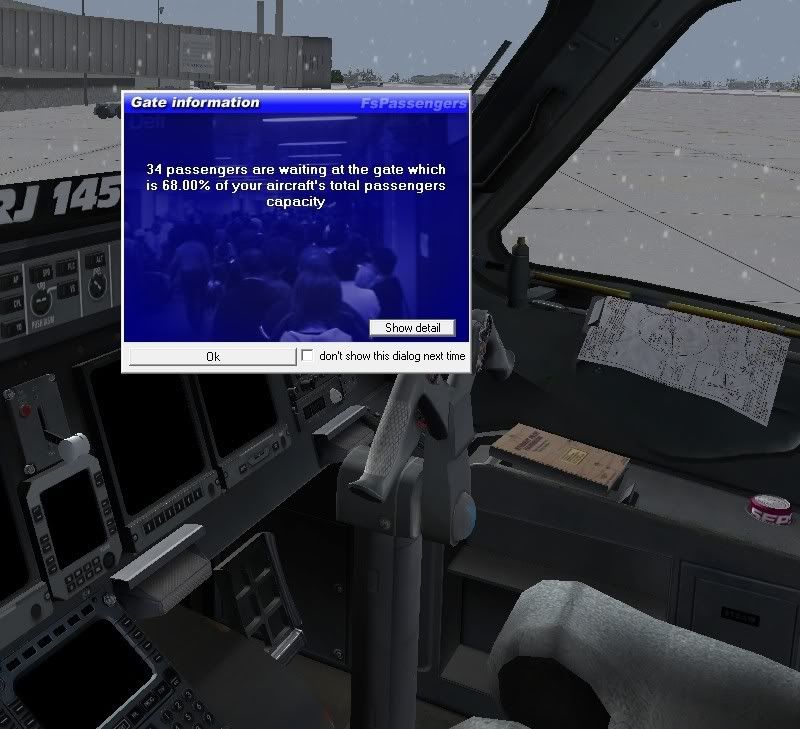
Meanwhile here at Gate 4, we get our manifest ready. With our flight set to depart soon, all of the passengers should have checked in by now. 34 of them have showed up, for a maximum capacity of 50 on the flight.
Now let's see our manifest, with the help of FSPassengers' load configuration screen.



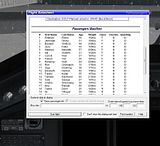
Alright, a few things to take care of here. Firstly, given the weather and the fuel consumption rates for this aircraft, I've calculated that about 6600lb of fuel will be enough to cover our flight from start to finish assuming no delays or detours are required, plus 1 hour in reserve as required by regulations. That hour comes out to about 2300lb, plus 4300lb that we expect to burn during this flight. The 34 passengers have been assigned seats evenly on both ends of the aircraft, and their luggage + additional cargo has already been loaded and balanced, so the plane's center of gravity is good and at an approximately 42,000lb, we're definitely well within our maximum takeoff weight, in fact with as much as 6,000lb of weight left to spare.
Now we file confirm our flight number, destination, and time enroute with dispatch, and we are ready to go.
The passenger list is also ready. Let's see if I recognize anyone... nope, 100% randomly generated!
Now to get our plan filed with air traffic control, we go to another handy app, Radar Contact.


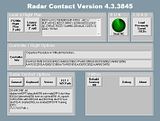
We check over the list of frequencies that we plan to use, the flight level requested, and the primary alternate airfield in case we need to divert - in this case, the Raleigh-Durham (RDU) airport. Our flight number, callsign and other information are also confirmed. Traffic controllers will now be expecting us and will know what instructions to give us.
And that's the end of the "paperwork" here at gate 4! With less than 20 minutes to scheduled departure time, we now need to get the aircraft started up.
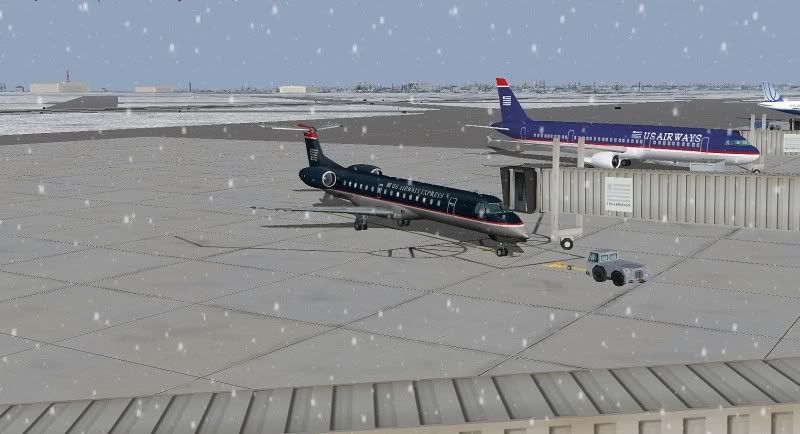
As passengers board the aircraft, we go over our startup checklists and get systems running. You can see more of this in the video in a following post - it's a bit of an involved, step-by-step process.
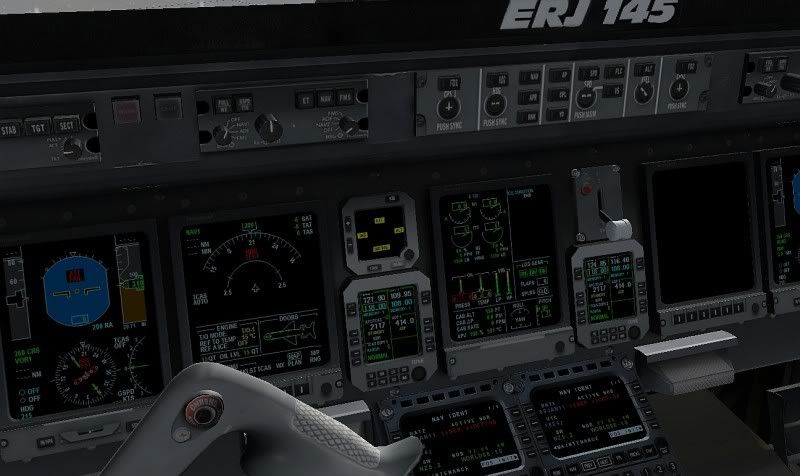
With avionics powered up and the plane currently being fed by a ground power source, the plane's navigational systems and instruments align. Time to configure our flight management system - again, something you can see more of in the videos to follow.
After entering our current position and loading our flight plan, we configure our initial performance.
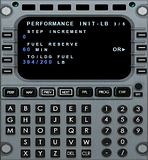

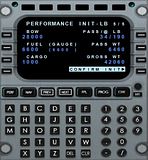
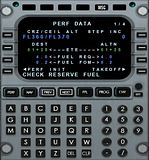
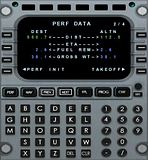
We enter our 60-minute fuel reserve, the atmospheric parameters that we earlier got from our weather briefing - including temperature and winds at our cruising level, and the weight of passengers, fuel and cargo on board. We then initialize the system, and it gives us a fairly accurate picture of how long the flight will take at the assigned speed and altitude, and how much fuel will be used in the process.
As passengers continue to board, we tune our radios and prepare to ask for our clearance. Things are now starting to move quickly and we will soon be moving - so rather than trying to type up everything else that's going on, from here I'll let the videos do the talking!
Hope you take the opportunity to watch those, provided in the next post

Once you do, you can come back for a final de-briefing and see how I've managed with this flight.
To be continued...